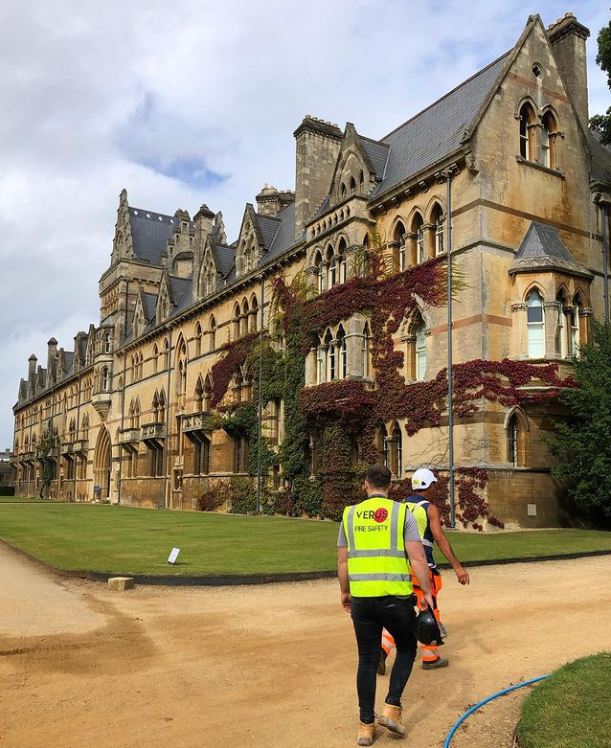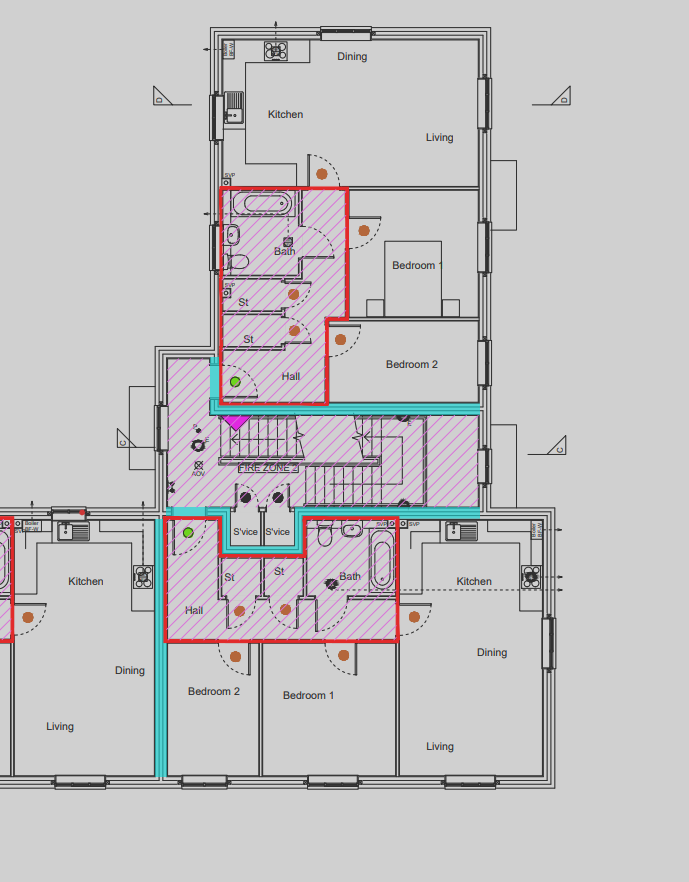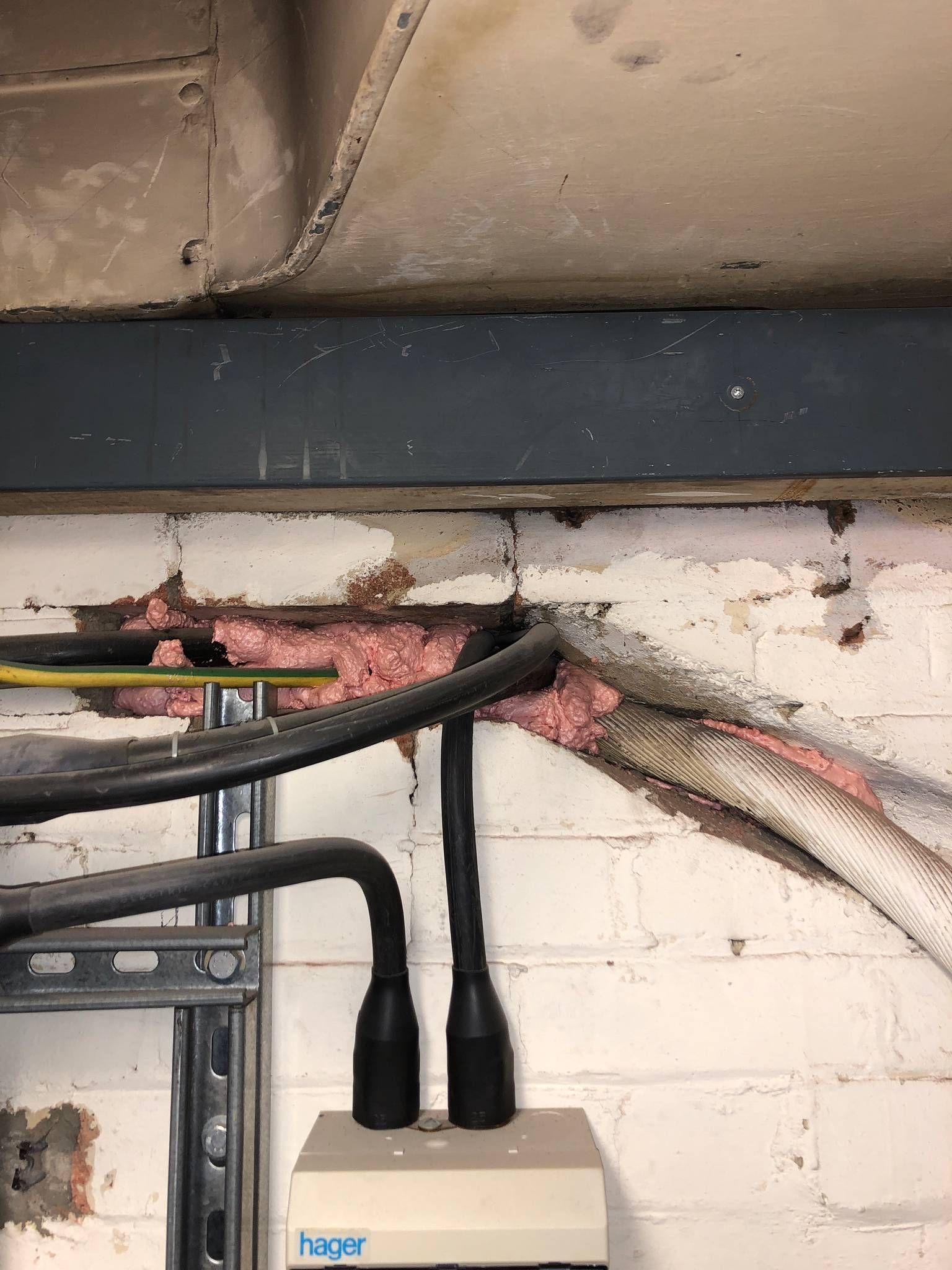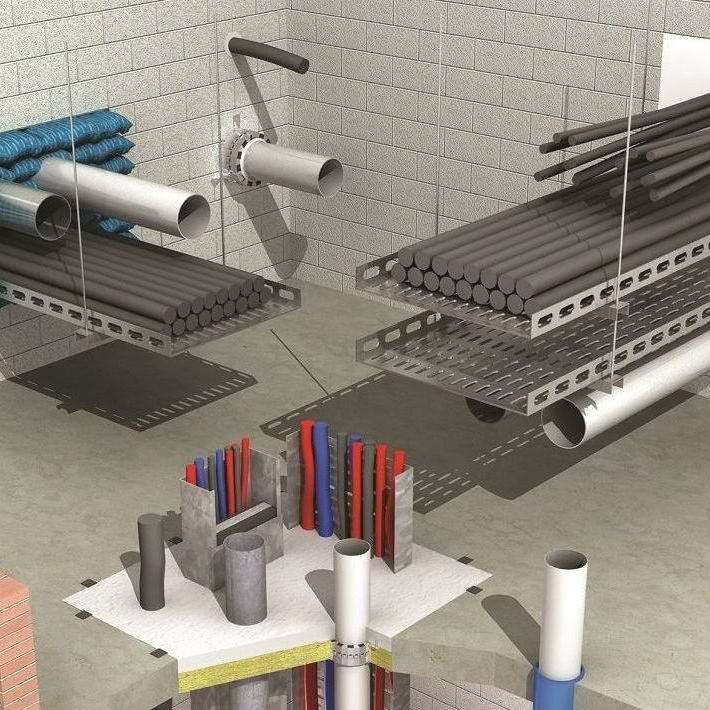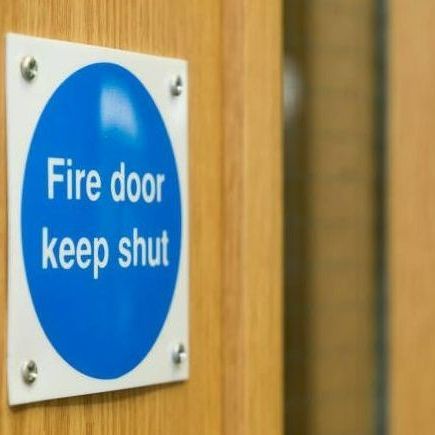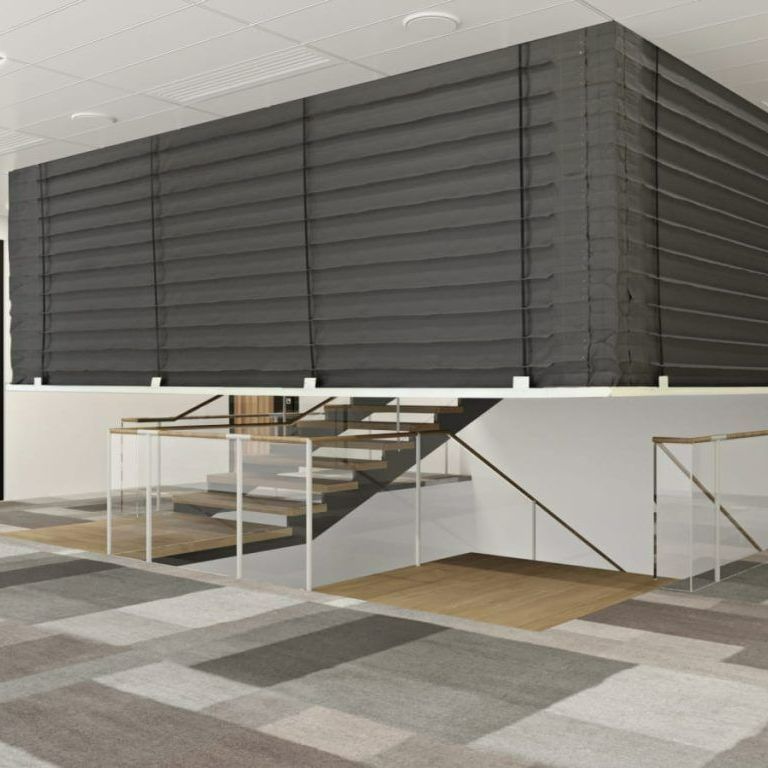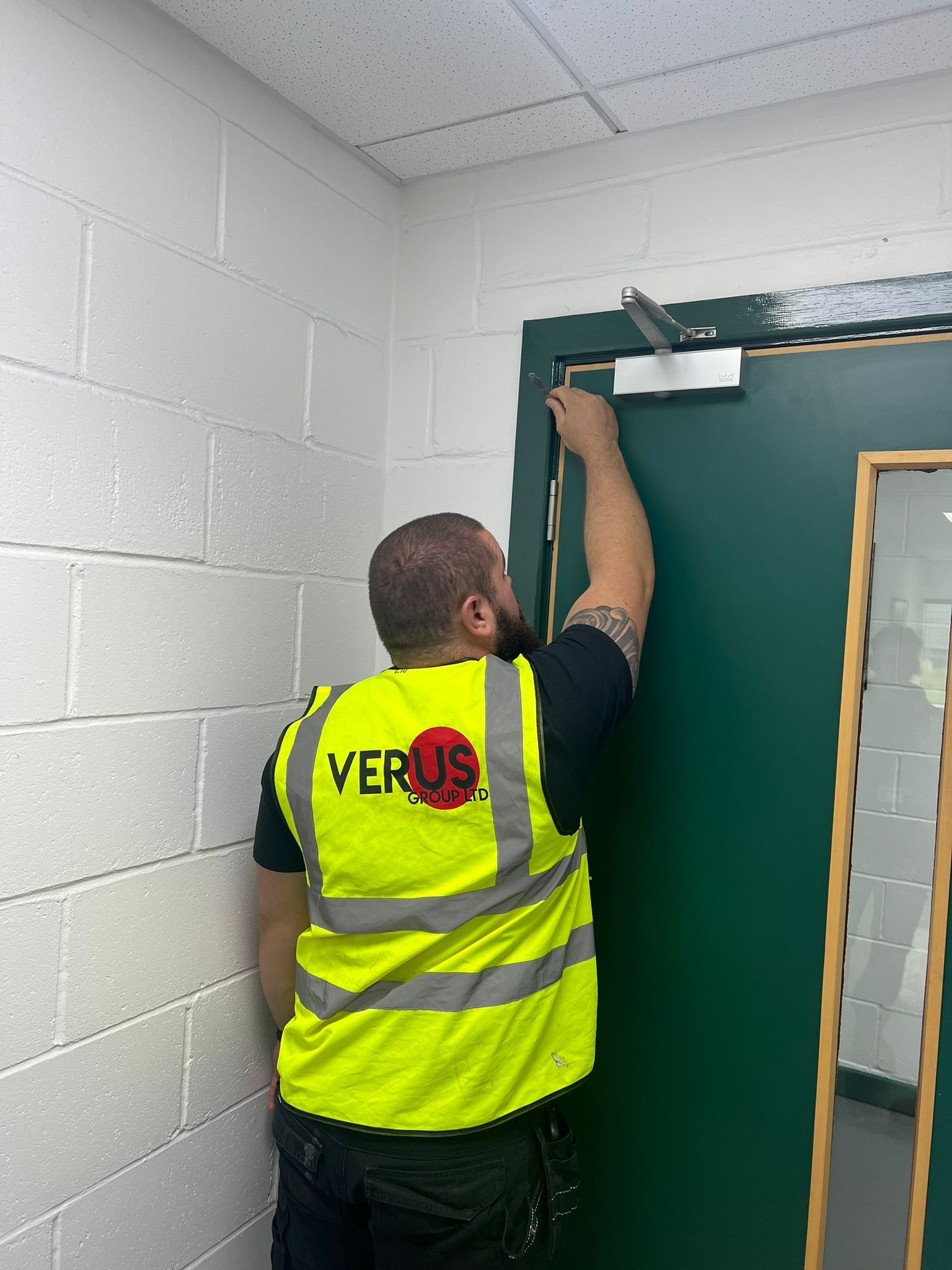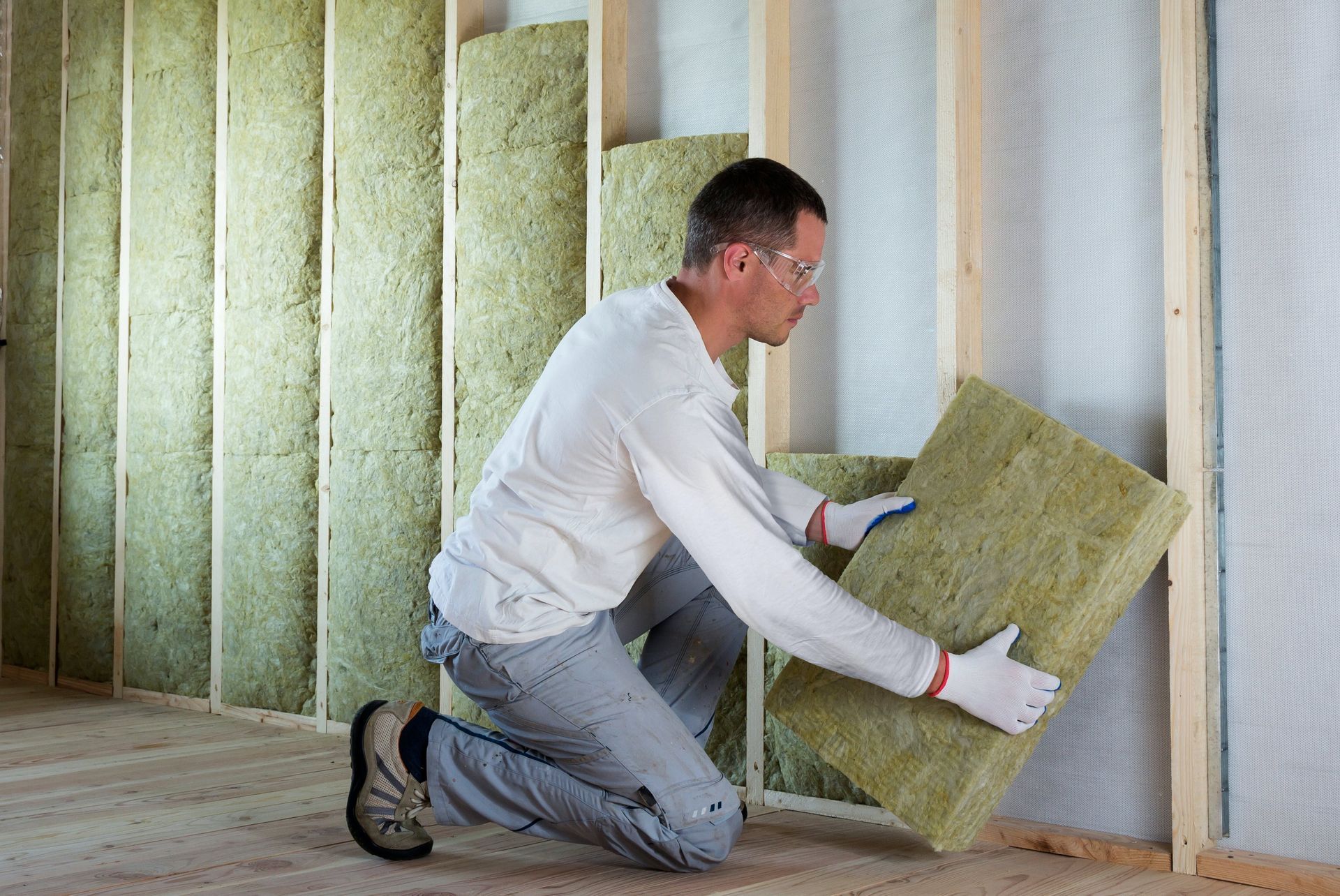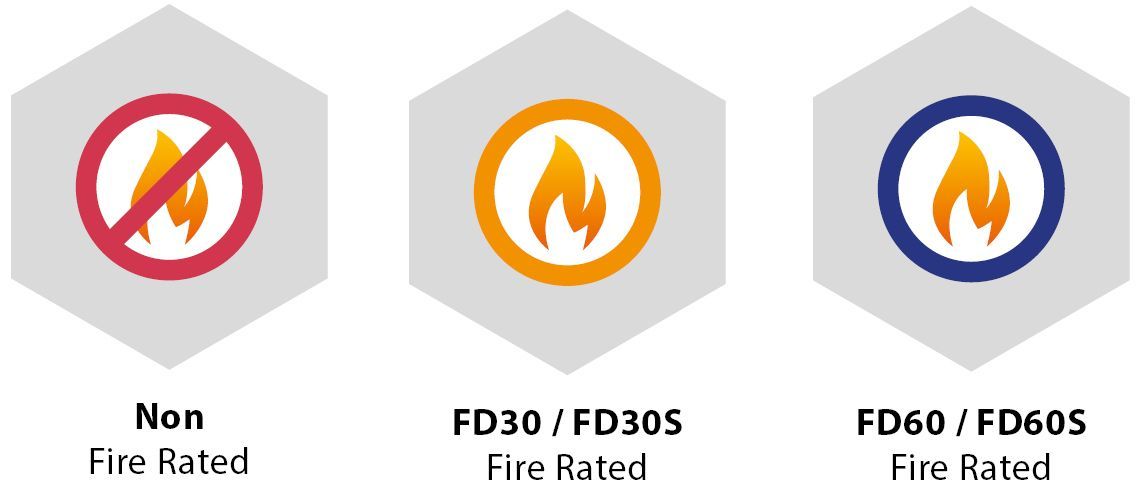The Difference Between Passive and Active Fire Protection
If you oversee fire safety in your business or are delving into the various facets of fire safety, you've probably encountered the concepts of 'active' and 'passive' fire protection. But what do these terms actually mean?
Put simply, Active Fire Protection encompasses the detection, control and suppression of fire as an active response, while Passive Fire Protection focuses on constraining a fire to obstruct or hinder its spread. To establish an effective fire safety system, it's essential to have both active and passive fire systems operating collaboratively.
Let's take a look at both in greater detail.
Passive Fire Protection (PFP) involves the use of structural & fire-resistant materials in conjunction with design features to contain and slow down the spread of fire, smoke, and heat within a building. The primary goal of PFP is to compartmentalise a building into smaller, fire-resistant zones, providing occupants with additional time to evacuate safely, and minimising the amount of property damage caused. Unlike Active Fire Protection (AFP), PFP measures are inherently built into the structure and require minimal to no human intervention during a fire. Regular inspection and maintenance of PFP systems are crucial to ensure continued effectiveness; consistent upkeep helps maintain compliance with regulations, preserves structural integrity, and guarantees reliable performance during an emergency. Additionally, proper maintenance mitigates liability risks, and ensures PFP systems are promptly adapted following any changes within the building.
Key components of Passive Fire Protection include:
- Fire Stopping: The use of specialist fire-resisting or intumescent materials, such as fire-rated mastic or batt, to seal linear joints or openings that may allow services - such as cables, pipes, conduit, or ducts - to pass through compartment lines, thereby obstructing the passage of fire and smoke.
- Fire Doors: These doors are specially designed to withstand fire & smoke. They form a critical part of a building’s built-in fire protection, helping to maintain compartmentation and protect escape routes and designated safe areas.
- Fire-Resistant Walls, Floors, Ceilings and Partitions: Structural construction materials capable of, or specifically designed to resist the effects of fire and keep it contained within specific areas of the building.
- Fire Dampers: Devices installed in heating, ventilation, and air conditioning (HVAC) systems to prevent the spread of fire and smoke through ducts. They can be either 'fused', or equipped with an actuator which allows integration with a smoke detection system for automated operation.
- Intumescent Coatings: Fire-resistant coatings which can be applied to structural elements, such as steel beams and columns. Upon exposure to heat, these coatings expand, providing insulation and delaying the structural element's exposure to high temperatures.
- Fire Curtains: These are fire-resistant barriers designed to limit the spread of fire and smoke. They are typically used in open areas and spaces where traditional walls or floors as a means of compartmentation may be impractical, such as shopping centres, airports, or large loft spaces.
By integrating Passive Fire Protection measures into building design, structures can be better designed to withstand the effects of fire, minimising damage and ensuring a safer environment for occupants. PFP works in conjunction with Active Fire Protection systems to form a comprehensive and effective fire safety strategy.
Active Fire Protection (AFP) refers to the set of systems and equipment designed to detect, suppress, or extinguish fires actively. These measures are proactive in nature and aim to respond swiftly to a fire event, minimising its impact and preventing its escalation. Active fire protection typically involves the use of various technologies and devices, such as fire alarms, sprinkler systems, fire extinguishers, and fire suppression systems.
Key components of active fire protection include but are not limited to:
- Fire Alarm Detection Systems: These systems use sensors to detect the presence of smoke, heat, or flames, triggering alarms to alert occupants and emergency response teams. They can also be integrated with other building systems, such as fire dampers or door hold-open devices, to initiate appropriate responses when needed.
- Fire Sprinkler Systems: These are usually automatically activated when heat is detected, releasing water to control or extinguish the fire.
- Fire Suppression Systems: Designed to suppress or extinguish fires in specific areas, such as data centres, kitchens, or industrial environments. Common examples include ANSUL systems, foam fire suppression systems, or dry chemical fire-suppression systems.
- Portable Fire Extinguishers: Devices that individuals can use to manually control or extinguish small fires before they escalate. They typically contain firefighting agents like water, foam, dry chemical, or carbon dioxide.
- Emergency Smoke Control Systems: Smoke ventilation, including automatic vents, which is designed to manage and clear smoke within a building. This helps to maintain visibility and facilitate safe evacuation.
In summary, passive fire protection is the built-in fire protection which generally forms part of a building's fabric, whereas active fire systems act to intervene rapidly when a fire occurs. Both are intended to limit the spread of fire and provide a safer environment for occupants. These measures are crucial in safeguarding lives and property during a fire emergency.
If your building requires a thorough review of its Passive or Active Fire Protection systems, contact us today to ensure optimal safety and compliance.
Useful Links:
HSE: Active/Passive Fire Protection: https://www.hse.gov.uk/comah/sragtech/techmeasfire.htm
Gov.uk: Fire Safety in the Workplace:
https://www.hse.gov.uk/comah/sragtech/techmeasfire.htm
